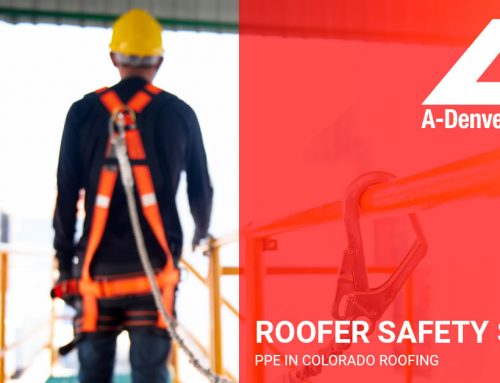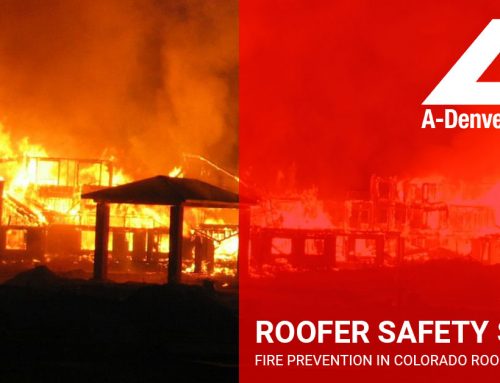OSHA Subpart Q – Concrete & Masonry Construction
- Subpart Q prescribes performance-oriented requirements designed to help portect all construction worksers from the hazards associated with concrete and masonry construction.
- Changes to Subpart Q expand protection against masonry wall collapses, permt employers to use recently developed methods of testing concrete and set and clarity requirements for concrete during construction.
Some of the most cited serious violations of this part include:
- Failure to protect employees from impalement when rebar is not capped or covered
- Failure to establish a limited access zone to limit the number of workers in the danger zone where a masonry wall is under construction
- Failure to brace unsupported section of masonry wall over 8 feet in height
- Failure to have drawings or plans at the jobsite to indicate jack layout and formwork placement
Concrete & Masonry Safety General Requirements
- Under OsHA’s General Requirements for the concrete and masonry standard, no loads are to be paced on concrete structures unless a qualified person determines the structure is capable of supporting the loads
- All protruding rebar must be properly guarded to prevent impalement
- Employees must wear protective head and face equipment while applying a cement, sand and water mixture through a pneumatic hose
Concrete & Masonry Equipment & Tool Safety
- OSHA requirements for the equipment and tools include the rule that concrete mixers with one cubic yard or larger loading skips must be equipped with a mechanical device to clear the skip of materials and guardrails on each side
- Bulk storage binds, containers and silos must be equipped with conical or tapered bottoms; and mechanical or pneumatic means of starting the flow of material
- Powered and rotating type concrete troweling machines that are manually guided must be equipped with a control switch that will automatically shut off the power whenever the hands of the operator are removed from the equipment handles
- No maintenance or repair must be performed on equipment without locking and tagging out all start points
Cast-In-Place Concrete Safety
- According to OSHA standards for cast-in-place concrete, formwork must be designed, fabricated , erected, supported, braced and maintained so that it will be capable of supporting without failure all vertical and lateral loads
- Drawings and plans, including all revisions for the jack layout, formwork (including shoring equipment), working decks and scaffolds, must be available at the jobsite
- All vertical slip forms must be provided with scaffolds or work platforms where employees are required to work or pass
Precast Concrete Safety
- OSHA requires that all precast concrete wall units, structural framing and tile-up wall panels must be supported to prevent overturning and collapse until permanent connections are completed
- Lifting inserts embedded or otherwise attached to tilt-up precast concrete members must be capable of supporting at least two times the maximum intended load
- Lifting hardware must be capable of supporting at least five times the maximum intended load applied or transmitted to the lifting hardware
Lift-Slab Construction Safety
- According to OSHA, lift-slab operations must be designed and planned by a registered professional engineer who has experience in lift-slab construction
- Jacks or lifting units must not be loaded beyond their rated capacity as established by the manufacturer
- Jacks or lifting units must be positively secured to building columns so that they do not become dislodged or dislocated
Masonry Construction Safety
- Whenever a masonry wall is being constructed, employers must establish a limited access zone prior to the start of construction
- The limited access zone must be as follows:
- Equal to the height of the wall to be constructed plus four feet
- Run the entire length of the wall
- On the side of the wall that will be unscaffolded, restricted to entry on ly be employees actively engaged in constructing the wall
- Kept in place until the wall is adequately supported to prevent over turning and collapse unless the height of the wall is more than 8 feet and unsupported – in which case, it must be braced. The bracing must remain in place until permanent supporting elements of the structure are in place
- Zone must be restricted to entry by employees actively engaged in constructing the wall






